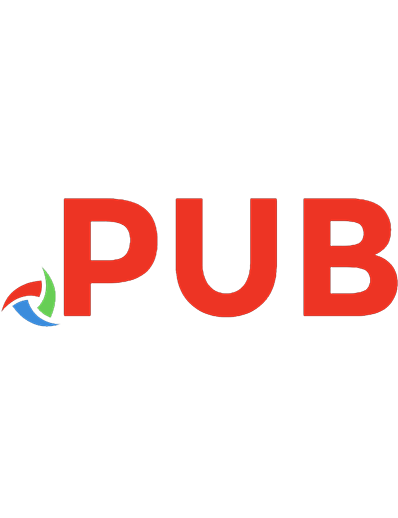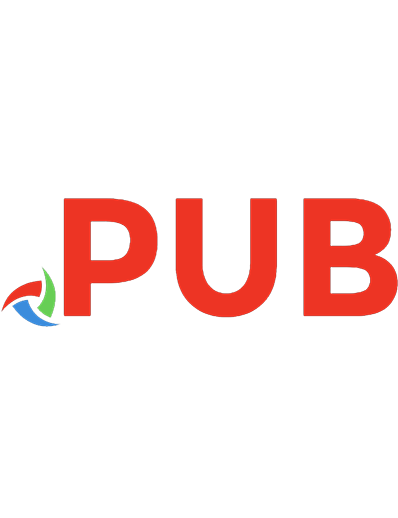On killing: the psychological cost of learning to kill in war and society 9780759245570, 0759245576, 978-0-7592-7725-0, 0-7592-7725-7, 9780759294202, 0759294208
A controversial psychological examination of how soldiers' willingness to kill has been encouraged and exploited to
352 24 664KB
English Year 2009
Table of contents :
Content: Acknowledgments --
Introduction to the revised edition --
Introduction --
section I. Killing and the existence of resistance : a world of virgins studying sex --
1. Fight or flight, posture or submit --
2. Nonfirers throughout history --
3. Why can't Johnny kill? --
4. The nature and source of the resistance --
section II. Killing and combat trauma : the role of killing in psychiatric casualties --
1. The nature of psychiatric causalities : the psychological price of war --
2. The reign of fear --
3. The weight of exhaustion --
4. The mud of guilt and horror --
5. The wind of hate --
6. The well of fortitude --
7. The burden of killing --
8. The blind men and the elephant --
section III. Killing and physical distance : from a distance, you don't look anything like a friend --
1. Distance : a qualitative distinction in death --
2. Killing at maximum and long range : never a need for repentance or regret --
3. Killing at mid- and hand-grenade range : "you can never be sure it was you" --
4. Killing at close range : "I knew that it was up to me, personally, to kill him" --
5. Killing at edged-weapons range : an "intimate brutality" --
6. Killing at hand-to-hand-combat range --
7. Killing at sexual range : "the primal aggression, the release, and orgasmic discharge" --
section IV. An anatomy of killing : all factors considered --
1. The demands of authority : Milgram and the military --
2. Group absolution : "the individual is not a killer, but the group is" --
3. Emotional distance : "to me they were less than animals" --
4. The nature of the victim : relevance and payoff --
5. Aggressive predisposition of the killer : avengers, conditioning, and the 2 percent who like it --
6. All factors considered : the mathematics of death --
section V. Killing and atrocities : "no honor here, no virtue" --
1. The full spectrum of atrocity --
2. The dark power of atrocity --
3. The entrapment of atrocity --
4. A case study in atrocity --
5. The greatest trap of all : to live with that which thou hath wrought --
section VI. The killing response stages --
1. What does it feel like to kill? --
2. Applications of the model : murder-suicides, lost elections, and thoughts of insanity --
section VII. Killing in Vietnam : what have we done to our soldiers? --
1. Desensitization and conditioning in Vietnam : overcoming the resistance to killing --
2. What have we done to our soldiers? The rationalization of killing and how it failed in Vietnam --
3. Post-traumatic stress disorder and the cost of killing in Vietnam --
4. The limits of human endurance and the lessons of Vietnam --
section VIII. Killing in America : what are we doing to our children? --
1. A virus of violence --
2. Desensitization and Pavlov's dog t the movies --
3. B.F. Skinner's rats and operant conditioning at the video arcade --
4. Social learning and role models in the media --
5. The resensitization of America --
Notes --
Bibliography.


![On Killing: The Psychological Cost of Learning to Kill in War and Society [Revised Edition]
0316040932](https://dokumen.pub/img/200x200/on-killing-the-psychological-cost-of-learning-to-kill-in-war-and-society-revised-edition-0316040932.jpg)



![Killing in War [1 ed.]
9780199548668](https://dokumen.pub/img/200x200/killing-in-war-1nbsped-9780199548668.jpg)
![“You Shall Not Kill”: The Prohibition of Killing in Ancient Religions and Cultures [1 ed.]
9783666552687, 9783525552681](https://dokumen.pub/img/200x200/you-shall-not-kill-the-prohibition-of-killing-in-ancient-religions-and-cultures-1nbsped-9783666552687-9783525552681.jpg)


